The importance of an electric bike controller cannot be overemphasized. They connect an electric bike's electrical parts and are essential. There are several brands and types of ebike controllers in circulation. Interestingly, the competition between these brands is becoming keen, and it might be difficult to choose. Your choice of electric bike is crucial to the functionality of your bike. To make it easier, we will walk you through the necessary processes to choose the right electric bike controller.
What Are Electric Bike Controllers and What Do They Do?
Electric bike controllers, also known as ebike controllers or e bike controller, are different components that make up the electrical parts of the bike. They are connectors and connect parts like the batteries, throttle, pedal-assist, brakes, motor, etc., together.
E-bikes controllers can be tagged as the bike's powerhouse and center controlling organ. Controllers perform the major functions of electric bikes. Some of their functions include;
1. Over-voltage Protection
The controllers keep an eye on the battery voltage. They monitor the charge level to supply the normal charge to the e-bike. Without controllers, there will be over-voltage which can damage the electric bike motor.
2. Low-voltage Protection
It would be best if you took care of your e-bike battery. The controllers ensure the continuous voltage supply to your battery and prevent a shortage of charges.
3. Brake Protection
Controllers understand every brake signal and aid the normal functioning of the brake pads.
4. Over-Temperature Protection
Controllers monitor temperature and its effect. They protect the electric bike power transistors from overheating. Sometimes, it shuts down the electric bike motor if it is too hot.
5. Over-Current Protection
Electric bike controllers shield against over-current. Overcurrent affects the power transistors and motor due to the high current supply. They step down the current flow into the motor when the current supply is high.
Understanding the different types of electric bike controllers
There are different types of electric bike controllers available in the market. They are;
1. Brushed DC Motor Controllers
Brushed DC motor controllers are not that popular, unlike brushless DC motor controllers. Permanent magnets, a connector, and simple designs having a set of keys are used to create brushed DC motor controllers. However, they have a limited range of functions.
2. Brushless DC Motor Controllers
A BLDC motor is the most common type of electric bike controller. They are made with permanent magnets and have a wide range of functions. BLDCs are more reliable than brushed DC. They are made with simple designs and are highly efficient in functions, servicing, and operation.
3. BLDC Controllers for Motors with Hall Sensors
They have a permanent magnet on the rotor and electromagnetic on the stator. The hall sensor controls the rotation of the circuit and helps manage the time when power needs to be delivered.
This type of controller is similar to BLDC motors but uses hall sensors. The hall sensors give them a chance to be driven electrically with the use of a control system.
How to Choose the Right Electric Bike Controller for Your Needs
Electric bike controllers come in different types. They are numerous, and choosing the right one for your need might be tedious, but below is the best way to get the right choice for your need;
1. Controller Driving Type
Your controller driving type can either be a sine wave or a square wave controller. The sine wave generates sinusoidal waves, while the square wave generates rectangular waves.
Sine wave controllers are most efficient for uphills, mountains, heavy loads, and less noise, even though they are time- and money-consuming. On the other hand, square waves are time-saving and affordable but less efficient than sine waves.
2. Controller Power and Voltage
when choosing a controller for your e-bike, examine the controller's power and voltage. When buying a non-programmable controller, ensure that the controller voltage is the same as your motor voltage.
3. Battery and Phase Current
Battery and phase current are two different things. The phase current is connected to the motor and must always be higher than the battery current. When choosing an e-bike controller, the phase current of your controller must be the same as your motor current.
If the controller current is higher, the electric bike may overheat, harming your electric bike.
4. Dual mode/single mode controller
Confirm whether your e-bike is a hall or a non-hall sensor. If it is a hall sensor, the controller can either be a hall sensor or dual mode. For non-hall sensors, the controller is either a non-hall sensor drive to dual mode.
5. Controller Current Rating
In choosing the right controller for your e-bike, make sure that the battery output current is higher than the controller's current rate.
The Pros and Cons of Each Type of Electric Bike Controller
Each type of electric bike controller has both advantages and disadvantages. Here are both the pros and cons of each type of electric bike;
1. Brushed DC Motor Controllers
Pros
- They are money-saving as they demand a low cost for production.
- The controllers are simple and less expensive.
- They are made with two-wire control.
- You can rebuild the brush for extended life.
Cons
- They are less efficient when compared with brushless DC motor controllers.
- You can't carry out regular maintenance as it is strenuous and stressful. They operate on periodic servicing and maintenance.
- They have a limited speed range due to mechanical installation on the brushes.
- They create irritating and noisy sounds, causing interference between the electric magnets.
- They cause friction, causing wear and tear in moving parts of the electric bikes. As the friction increases, the useful torque reduces.
- Brushless DC Motor Controllers
Pros
- They have high efficiency and high-speed range.
- They are effective and reliable.
- Noiseless and high torque.
- Long lifespan and battery life
- They eliminate electromagnetic interference
Cons
- The cost of buying a brushless Motor controller is higher than the cost of getting a brush motor controller.
- The operation of a brushless DC motor can sometimes be challenging.
- They produce vibrations when operated at low speed.
3. BLDC Controllers for Motors with Hall Sensors
Pros
- They have a cost-effective hardware design
- They have a simple algorithm
- They have higher motor RPM
Cons
- They are less efficient because the phase current waveform is similar to square waves.
- They have large torque ripples
- They have current noise
Which Electric Bike Controller is Best for You?
Different controllers have different factors influencing their optimal operation. As a result, you need to consider your ebike and the functionality of the parts in it. Before choosing an electric bike controller, consider factors like:
1. Motor Size
Electric bikes have different sizes and motor sizes. You must ensure that your electric bike controller fits into your motor size to bring about efficiency.
2. Working Conditions
You must be able to know the working state of your electric bike. A deteriorating ebike does not need a brushless DC motor controller. This is because it has a short lifespan left and may not be a cost-effective way.
3. Power Input
Know the percentage of each level of charge your e-bike needs and the right controller to supply the same amount. The current of your controller must tally with your e-bike current.
4. Speed and torque
Speed and torque are inversely proportional to each other. A higher speed is produced when torque is not laid flat. Different Ebikes have different wattages, so they produce different speeds. If you are a lover of speed, choose an efficient controller to attain high speeds.
After considering these factors, pick a controller that suits your ebike. If you have more than one ebike, it is important to note that the two ebikes may not use the same controller.
Steps for Installing and Setting up the Electric Bike Controller
Step 1: Determine the appropriate location for the controller on your bike, usually near the bottom bracket or on the handlebar.
Step 2: Connect the controller's power wires to the corresponding connectors on the electric bike's motor.
Step 3: Connect the controller's brake wires to the corresponding connectors on the brake levers or brake sensor.
Step 4: Connect the controller's throttle wires to the corresponding connectors on the throttle.
Step 5: Turn on the power to the controller and test the bike's operation, including the brake and throttle functions.
Step 6: Adjust the settings on the controller, such as the maximum speed or power output, if necessary.
Step 7: Test ride the bike to ensure proper function and make any final adjustments.
Step 8: Always read the controller’s instruction manual before installation, as it may have different or additional steps.
How to Test the Electric Bike Controller to Ensure It Is Functioning Properly
To test the electric bike controller to ensure it is functioning properly, you can follow these steps:
- Turn on the power to the controller:Make sure the power is on, and the controller is properly connected to the bike's motor and other components.
- Test the bike's operation:Check that the bike is running correctly, including the brake and throttle functions. Ensure that the bike can be powered on and of. Additionally, ascertain the possibility of controlling the bike with the brake and throttle.
- Check the battery level:Make sure the battery has enough power to run the bike. The bike may need more power if the battery is low.
- Test-ride the bike:Take the bike for a test ride to ensure it is running properly. Check that the bike is running at the desired speed and power output. Test the brakes and ensure that the bike comes to a stop when the brakes are applied.
- Check the settings:Check the settings on the controller to ensure they are set correctly. Ensure you set the maximum speed or power output correctly.
- Check for error codes:Some electric bike controllers have built-in error codes that can indicate a problem with the bike. Check the controller's manual to see how to read these codes and troubleshoot any issues.
Tips for Troubleshooting Common Issues With Electric Bike Controllers
- Check all connections: Make sure that all wires and connectors of the ebike motor controller are securely connected and that there are no loose or corroded connections. A loose connection can shut out power from the controller, which can cause the bike not to function properly.
- Check the battery level:Make sure the battery has enough power to run the bike. The bike may need more power if the battery is low.
- Check for fault modes:Some controllers have a built-in fault mode that gets triggered if the bike has a problem. Check the controller's manual to see how to clear it.
- Check for walk mode:Some controllers have a walk mode that limits the bike's speed. Make sure that the bike is not in this mode.
- Check the settings:Ensure that the controller correctly sets the maximum speed or power output. Incorrect settings can cause the bike not to function properly.
- Check the fuse:If the bike is not running at all, check the fuse. A blown fuse can prevent power from reaching the controller.
- Check the motor:Ensure that the motor is not overheating and that the brushes are not worn out, damaged, or dirty.
Please note: It is recommended that you seek the help of a professional or experienced technician to troubleshoot any issue with the controller. The troubleshooting process may vary depending on your electric bike type and controller.
Conclusion
Electric bike controllers are the central controlling organ of your e-bike. They are connected to the battery, throttle, brakes, etc. They help to detect issues and send them for adequate correction.
All electric bike controllers are good, but you should choose those with high quality to enlarge the lifespan of your battery and your electric bike. Additionally, you should choose a controller that is compatible with your bike to get the best out of it.

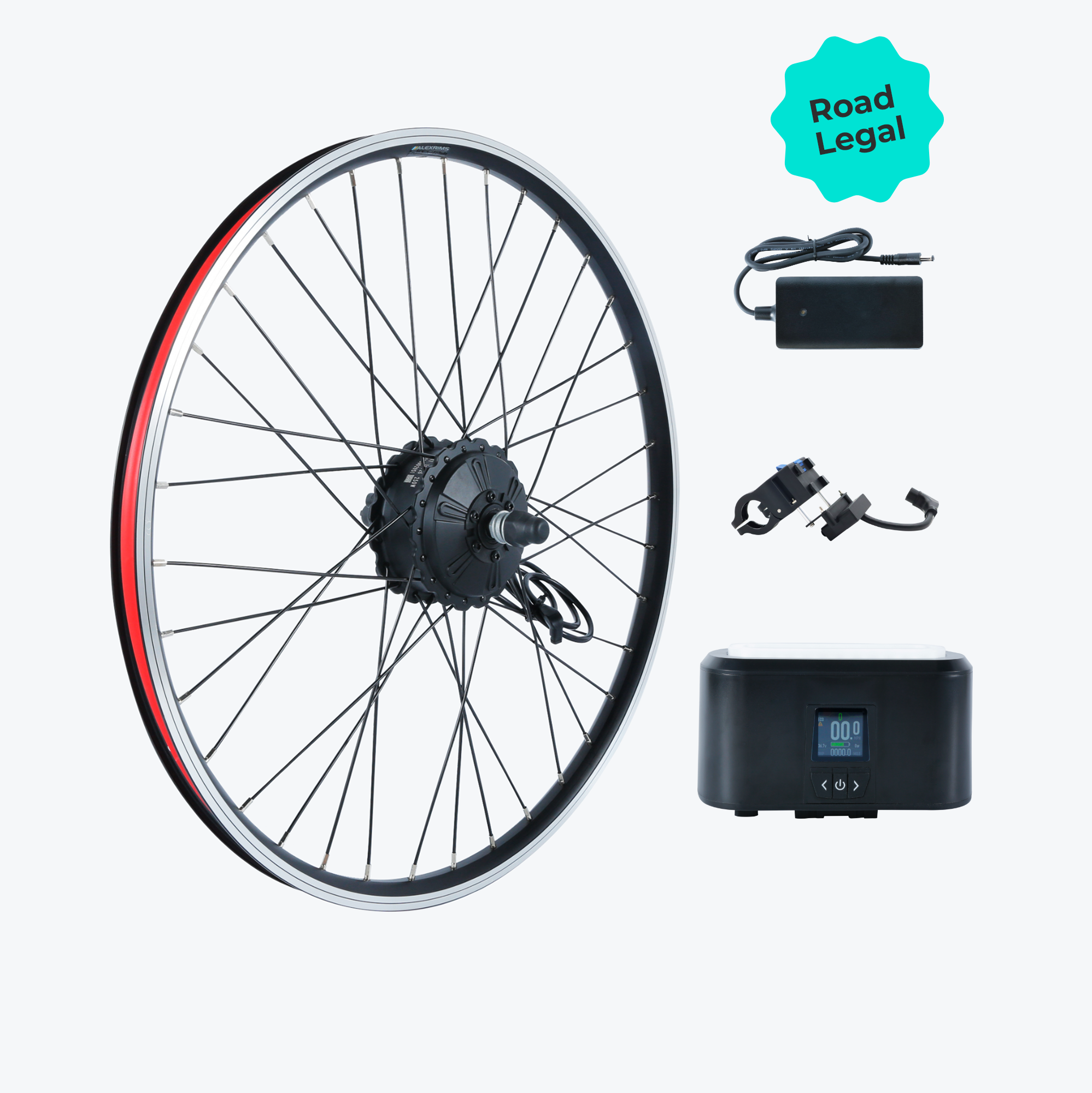
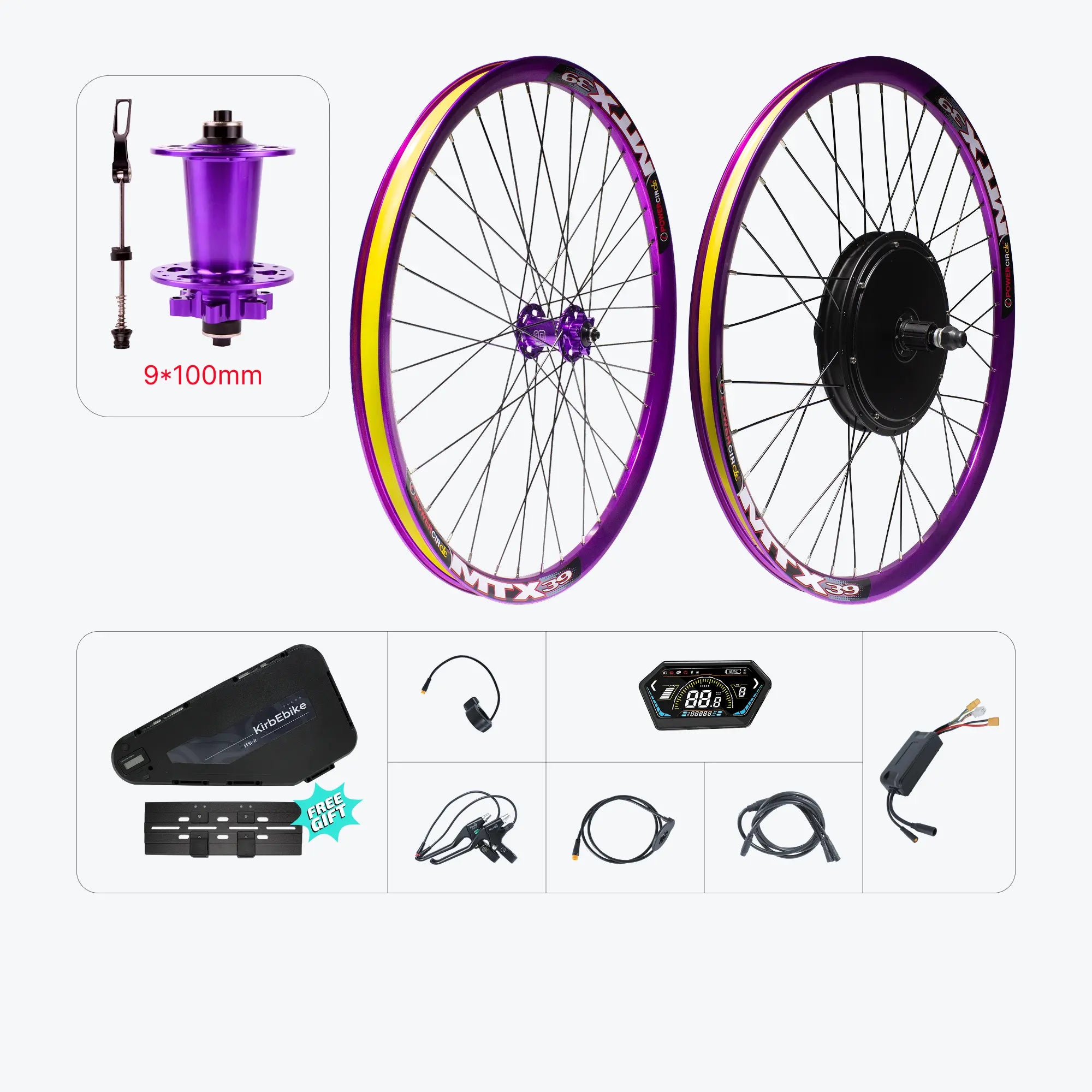


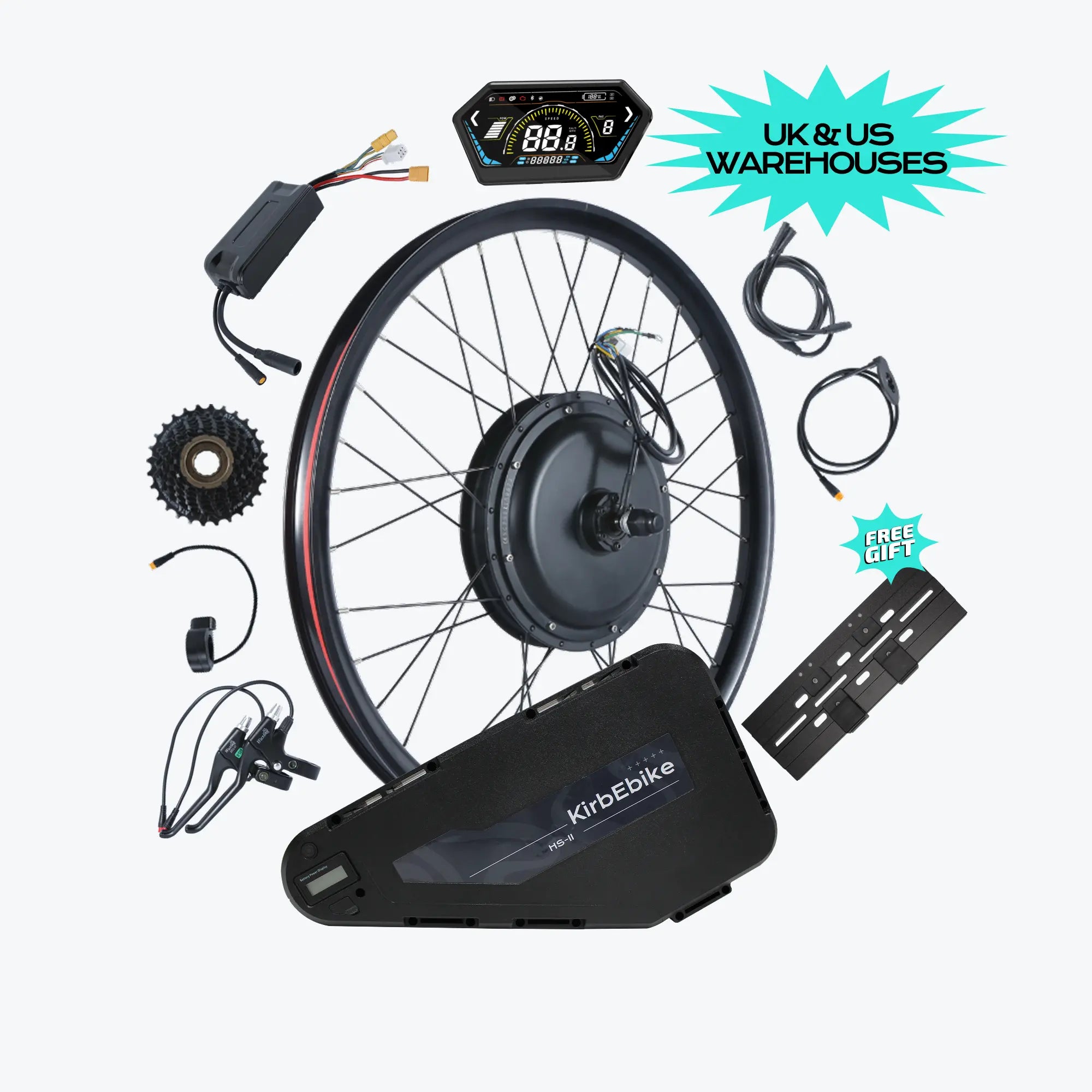
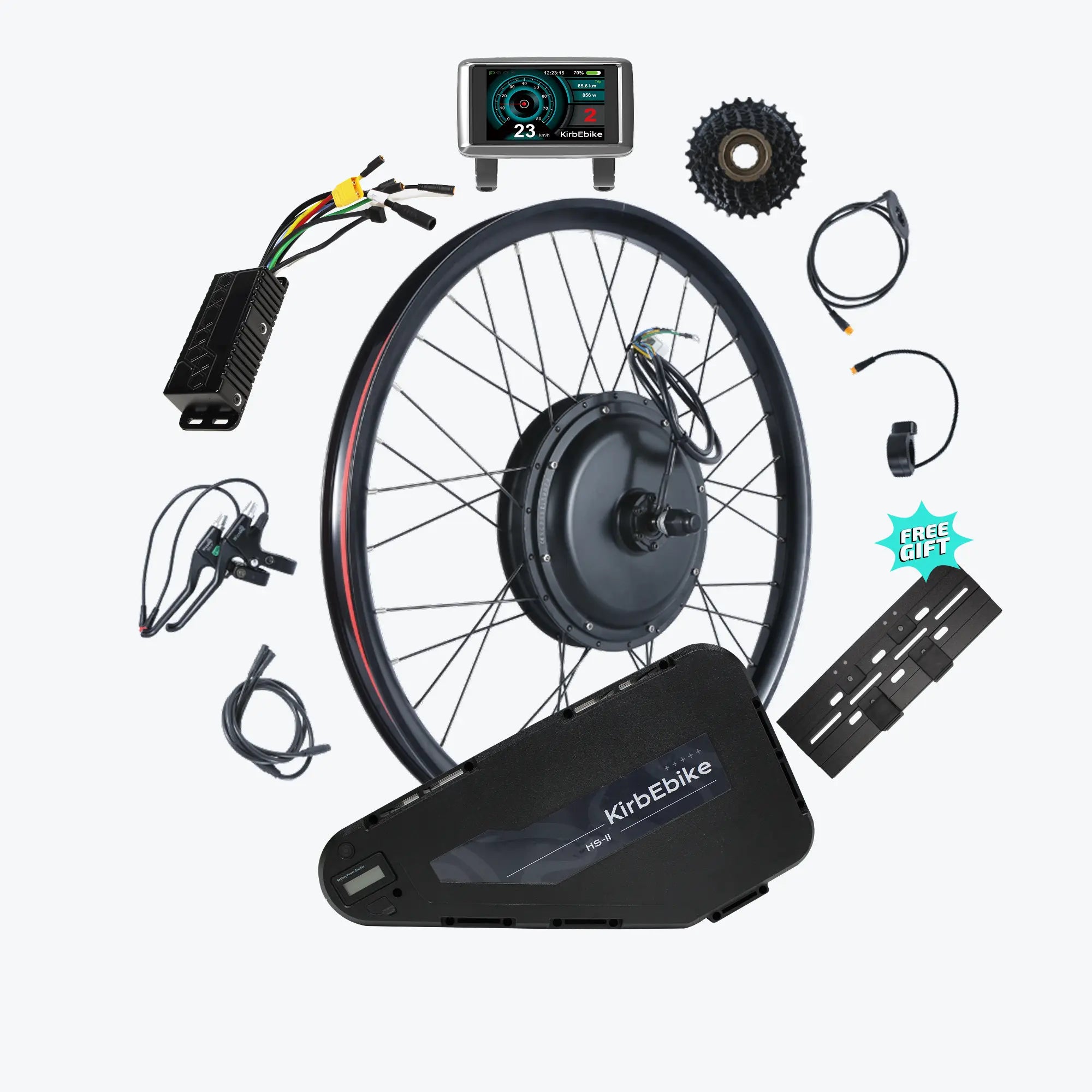
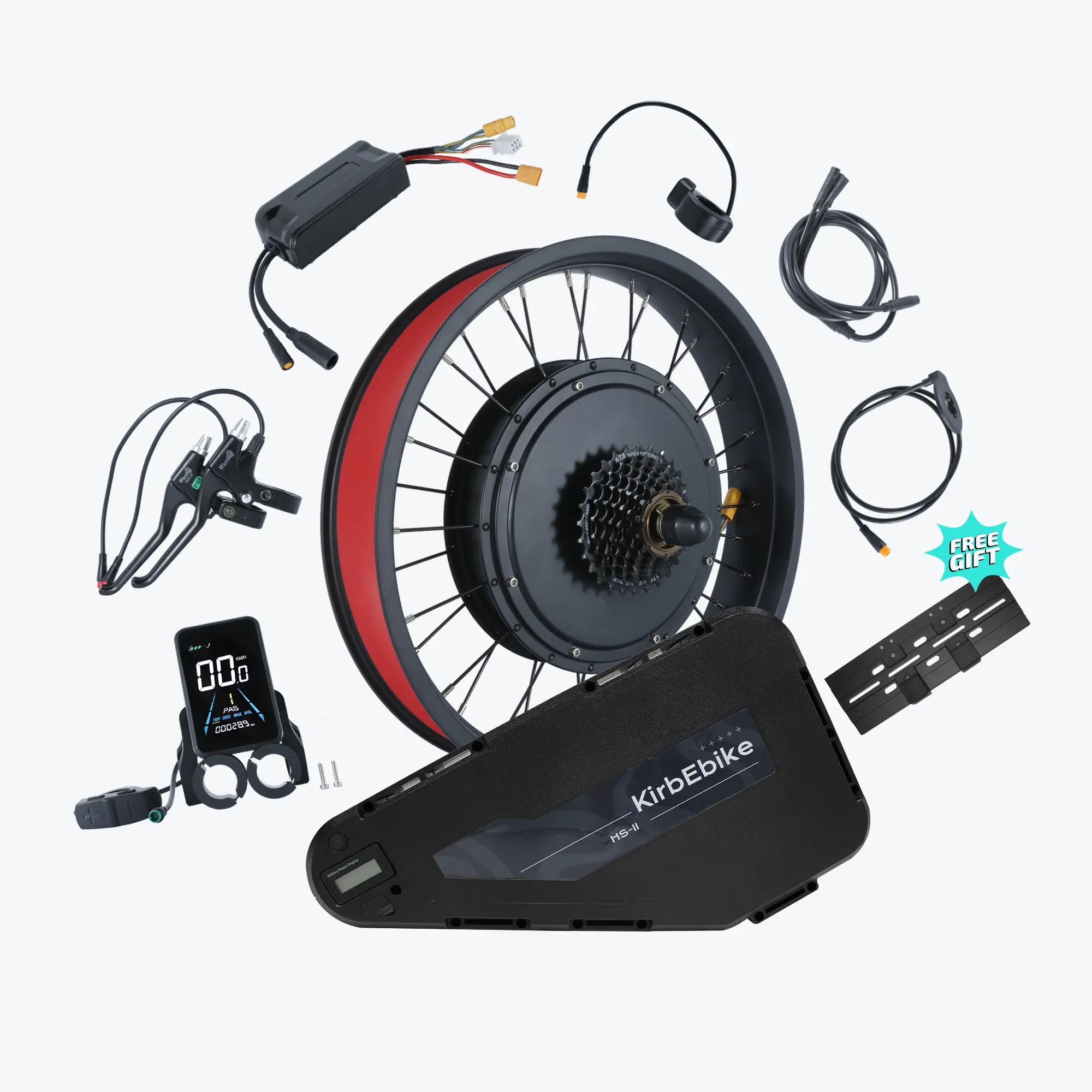
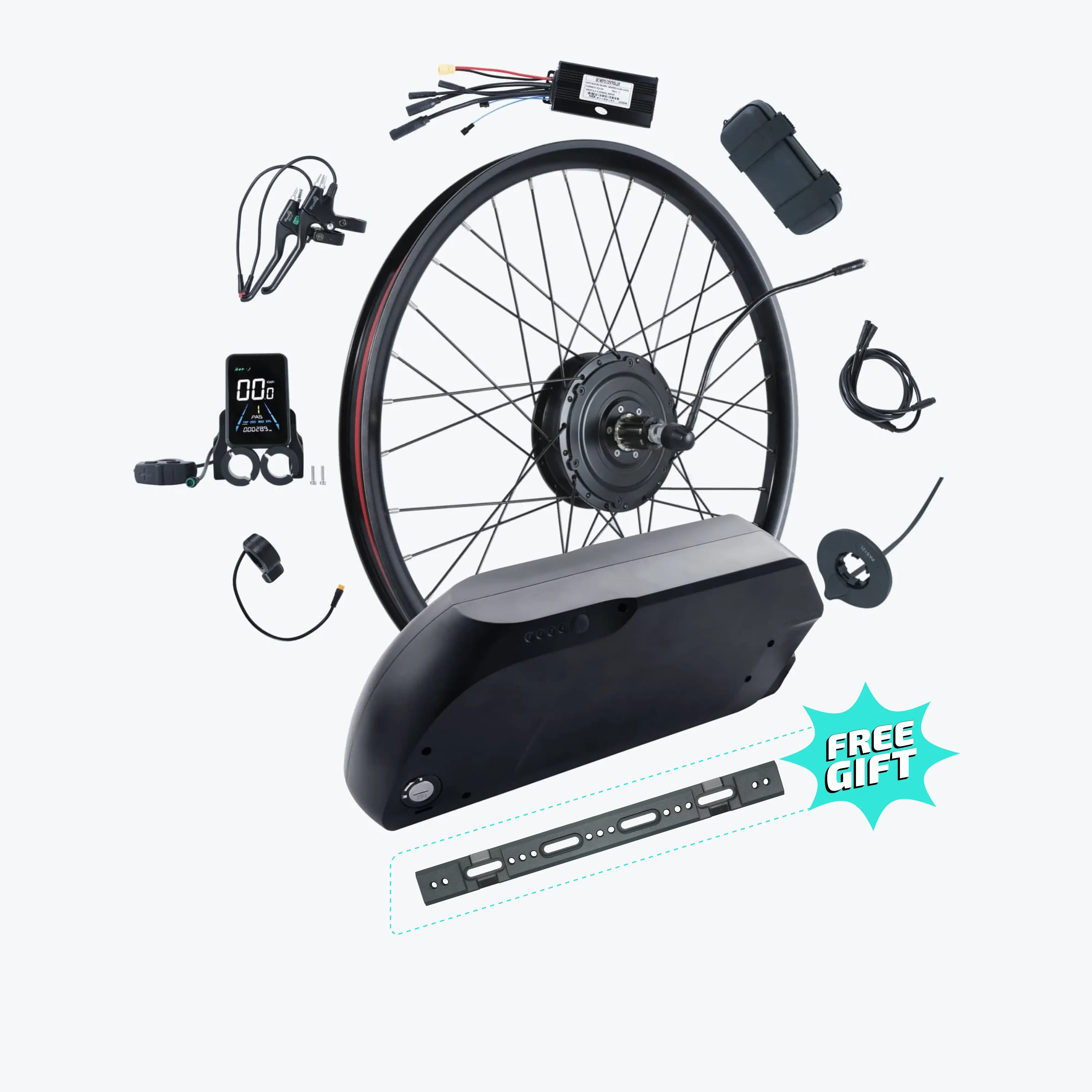

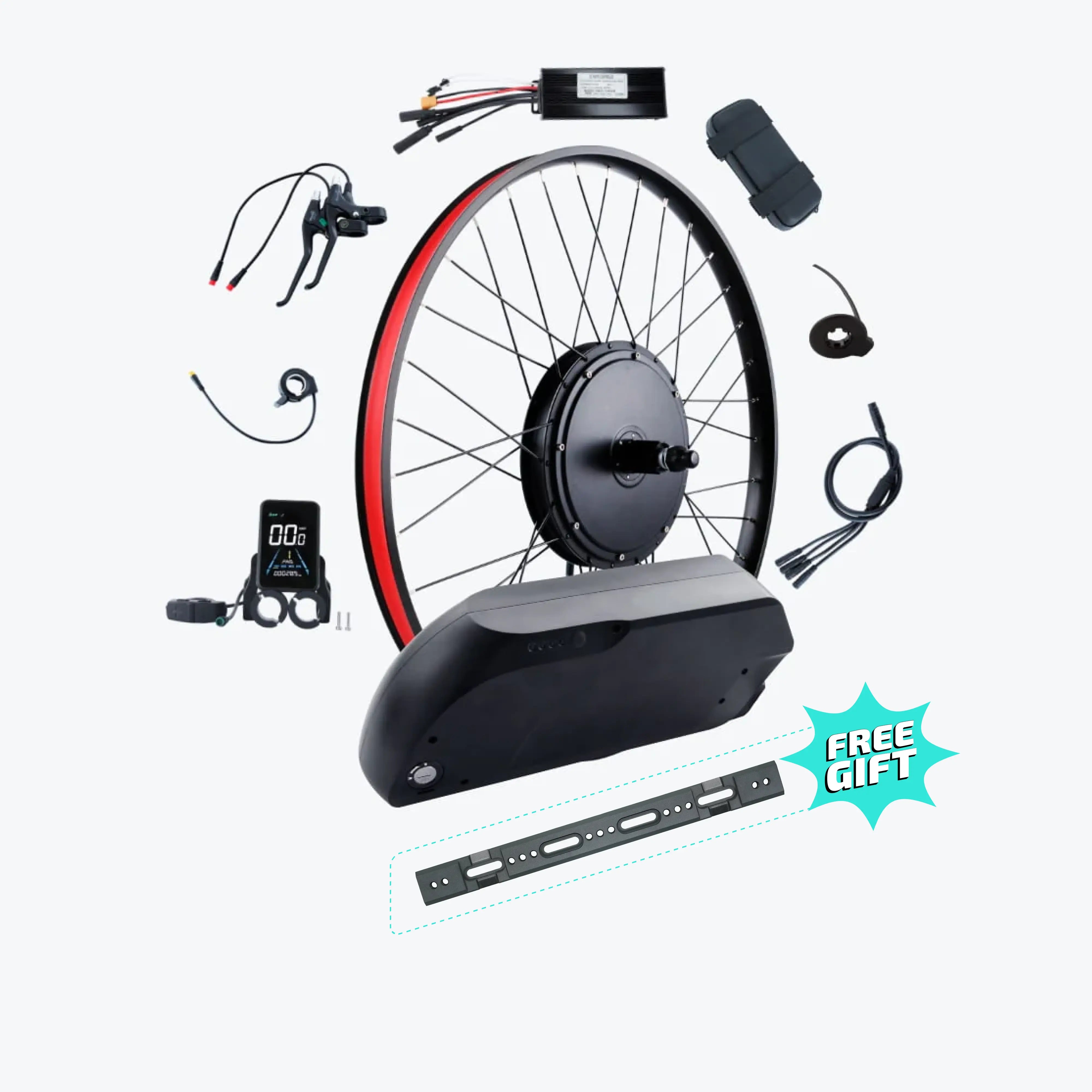
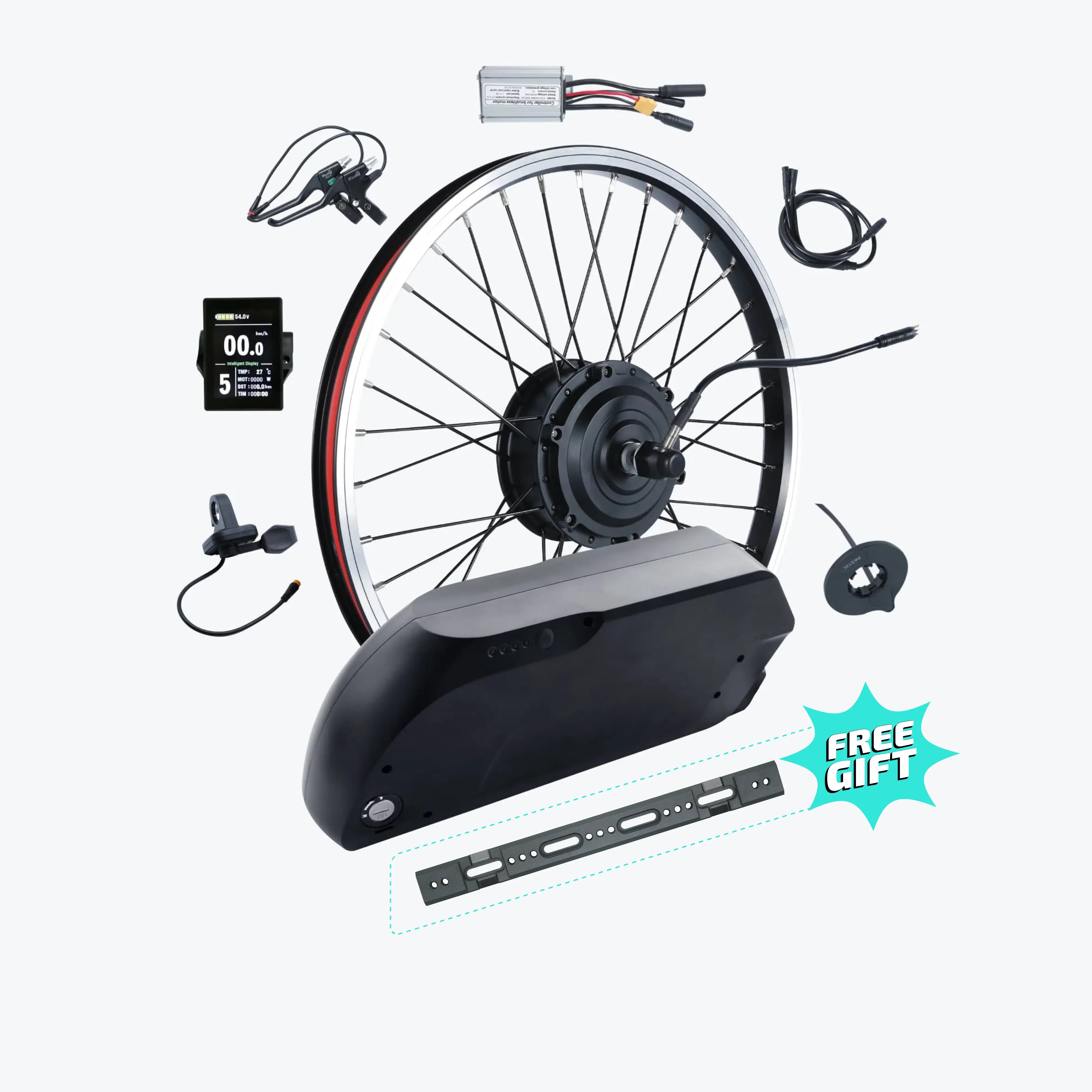
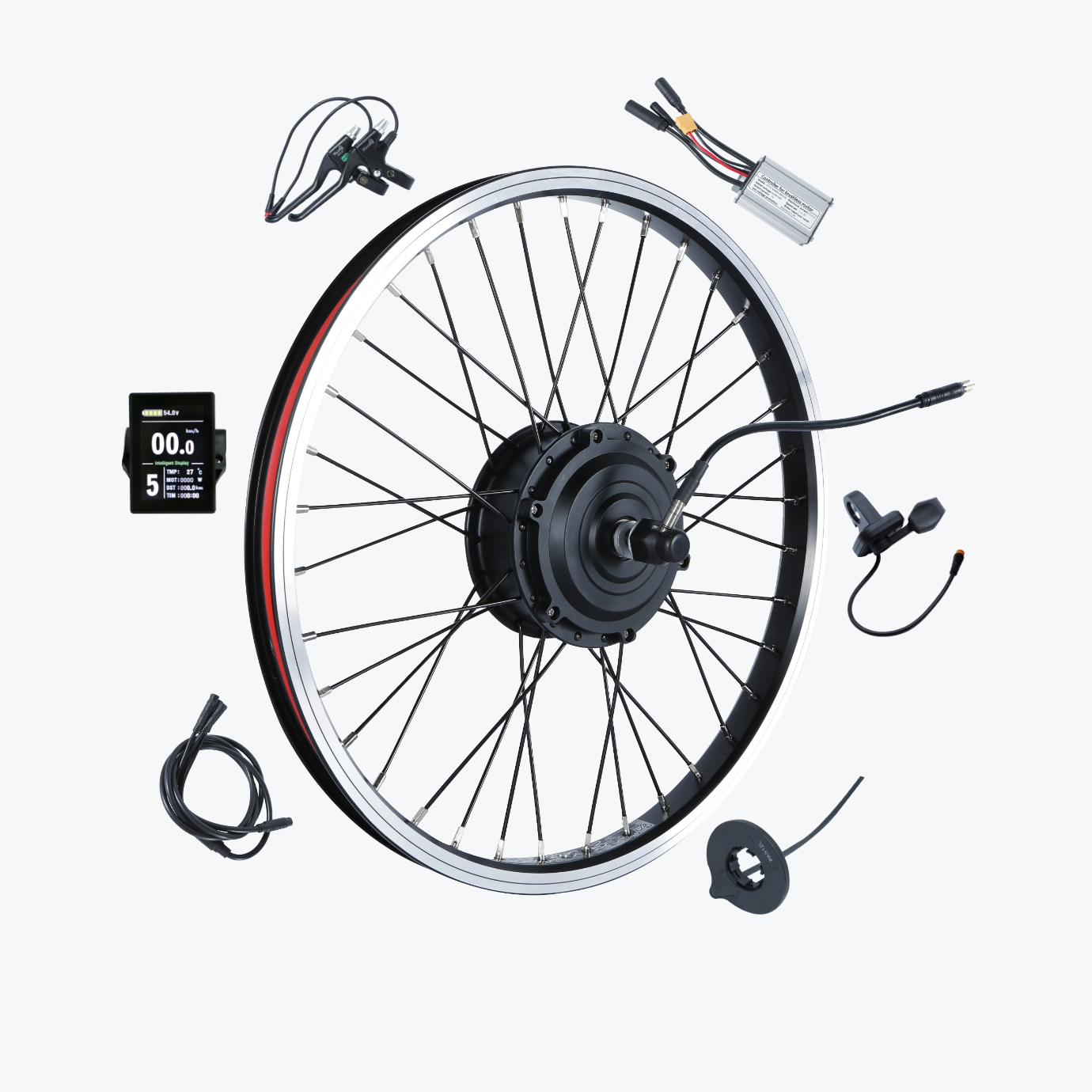

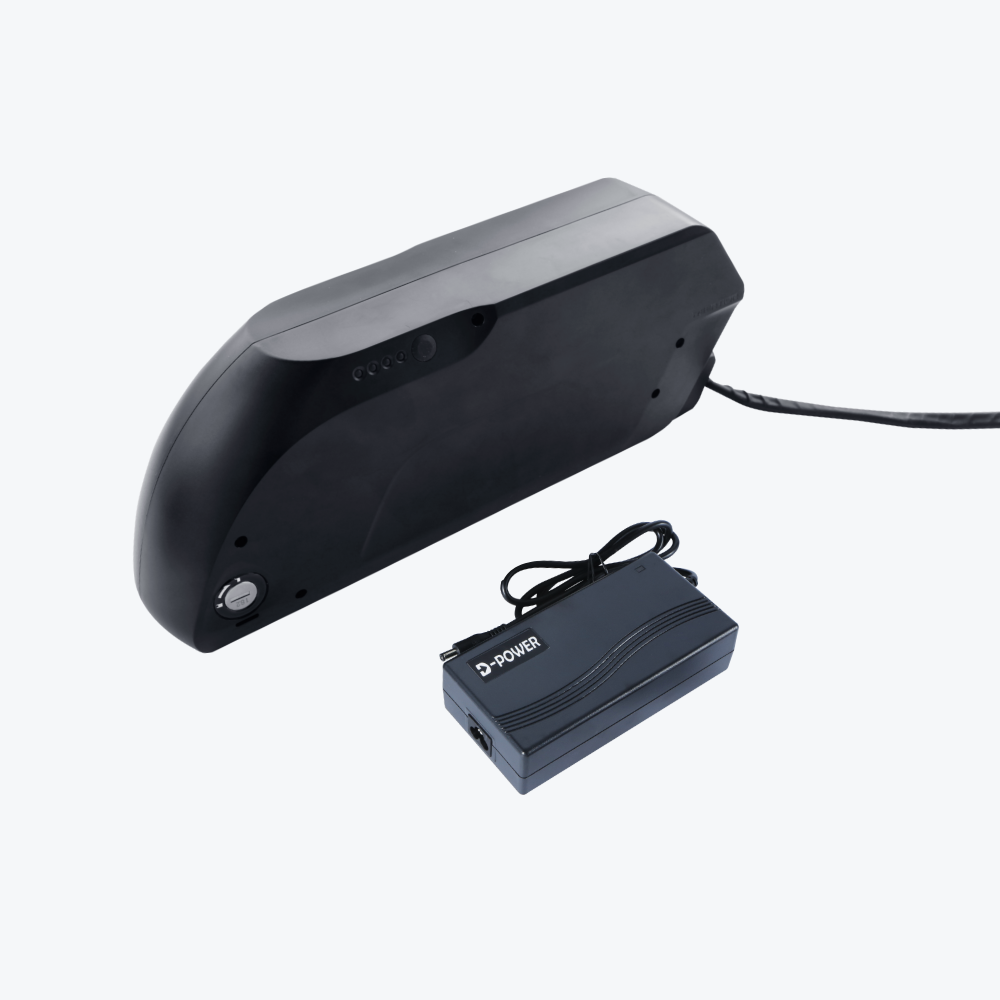
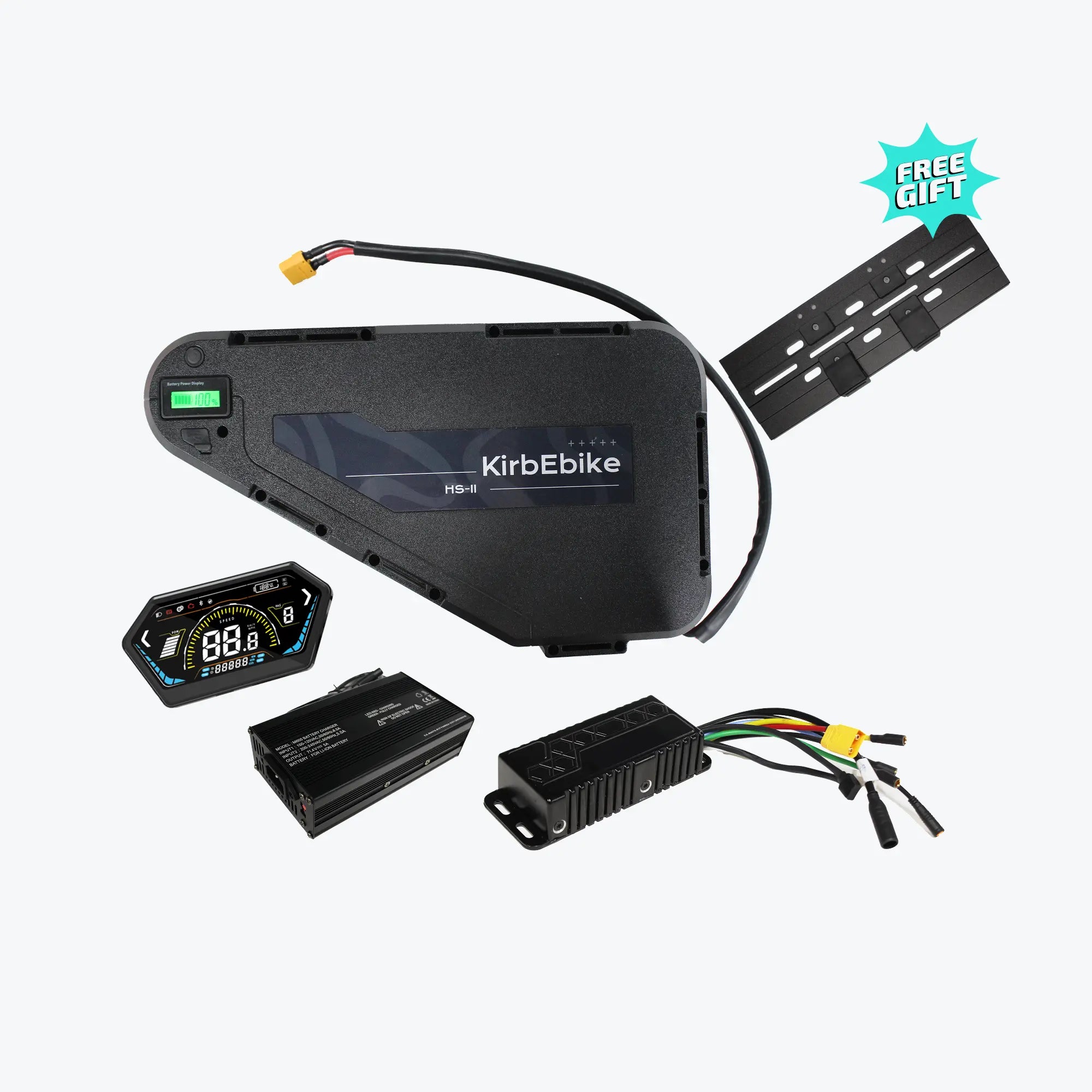
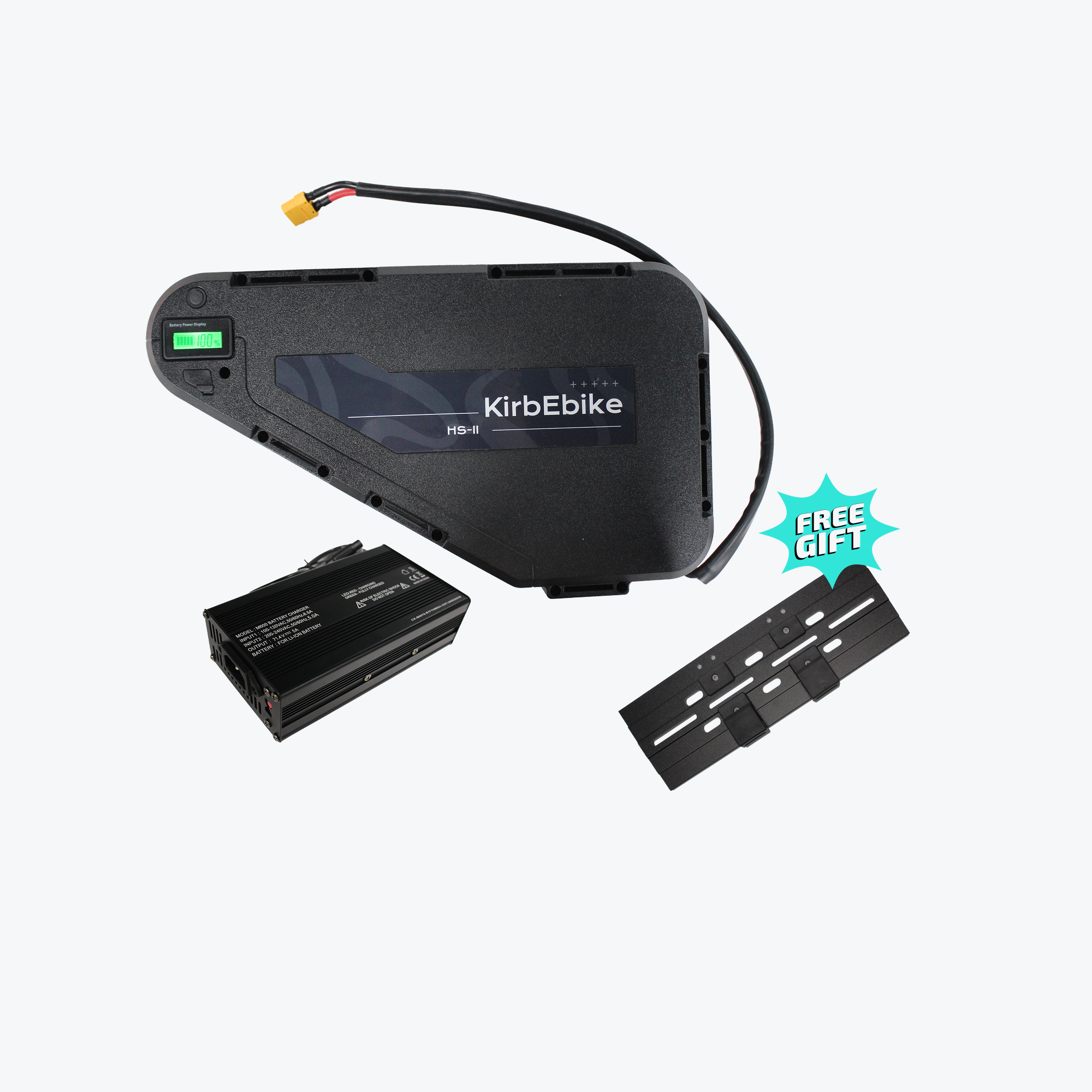


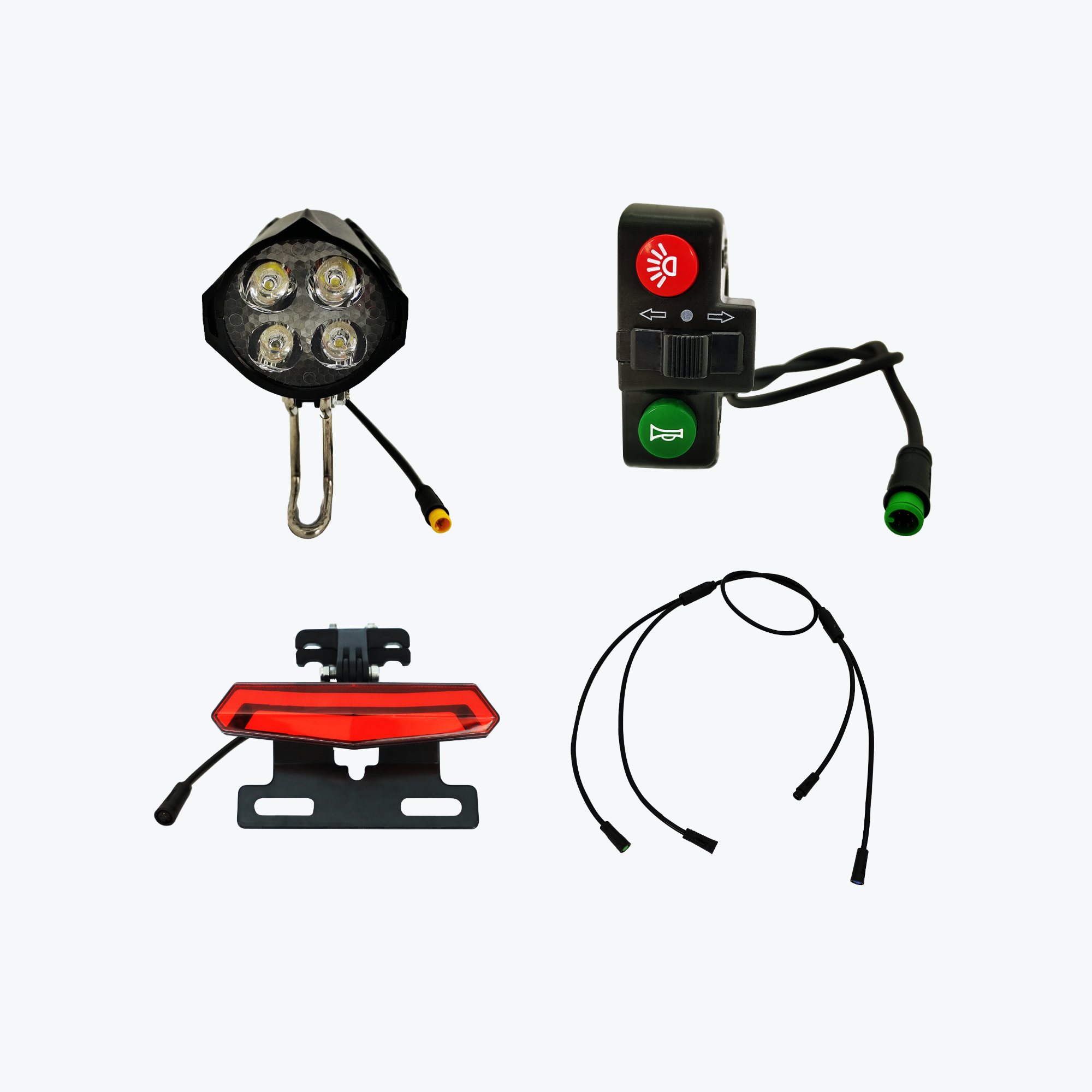
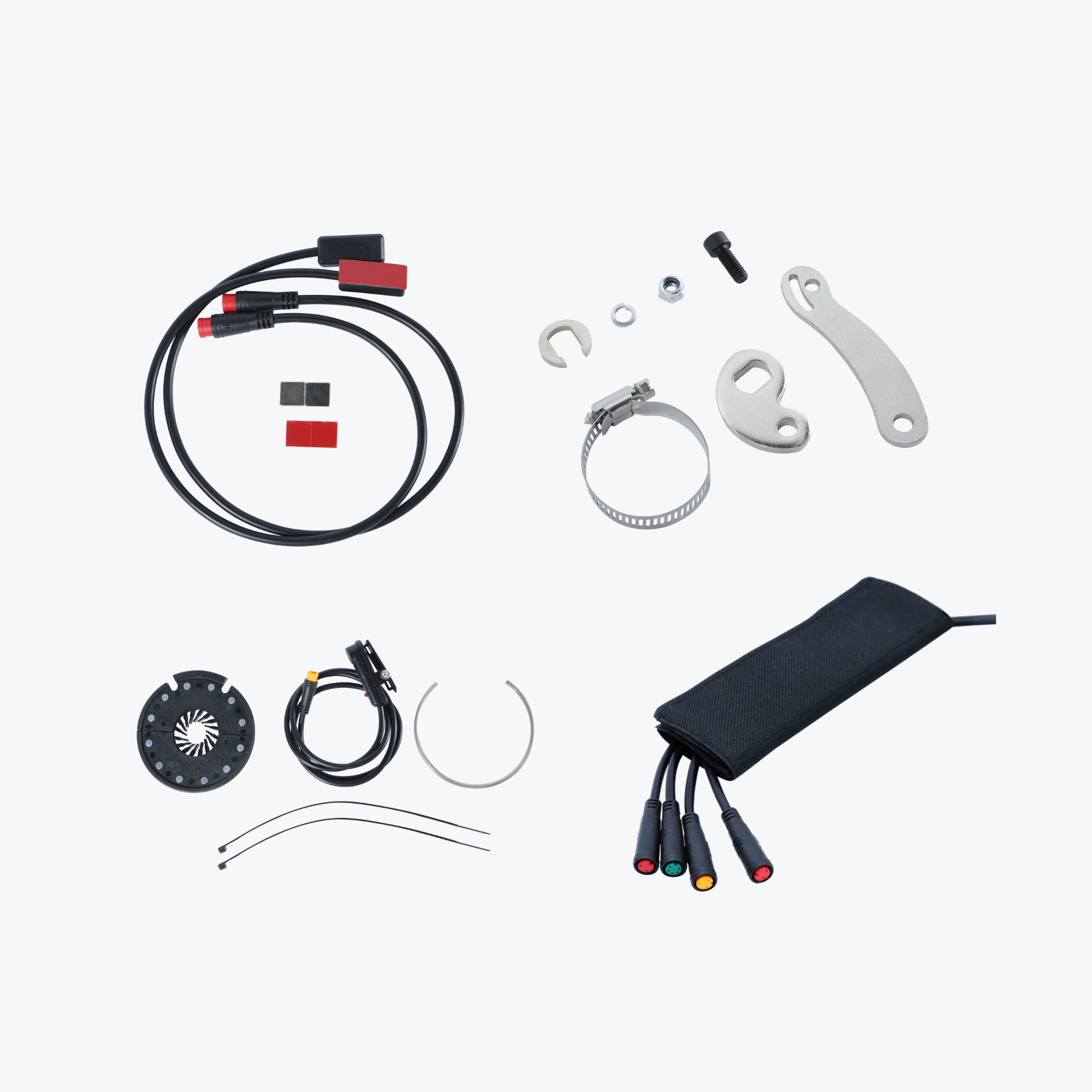
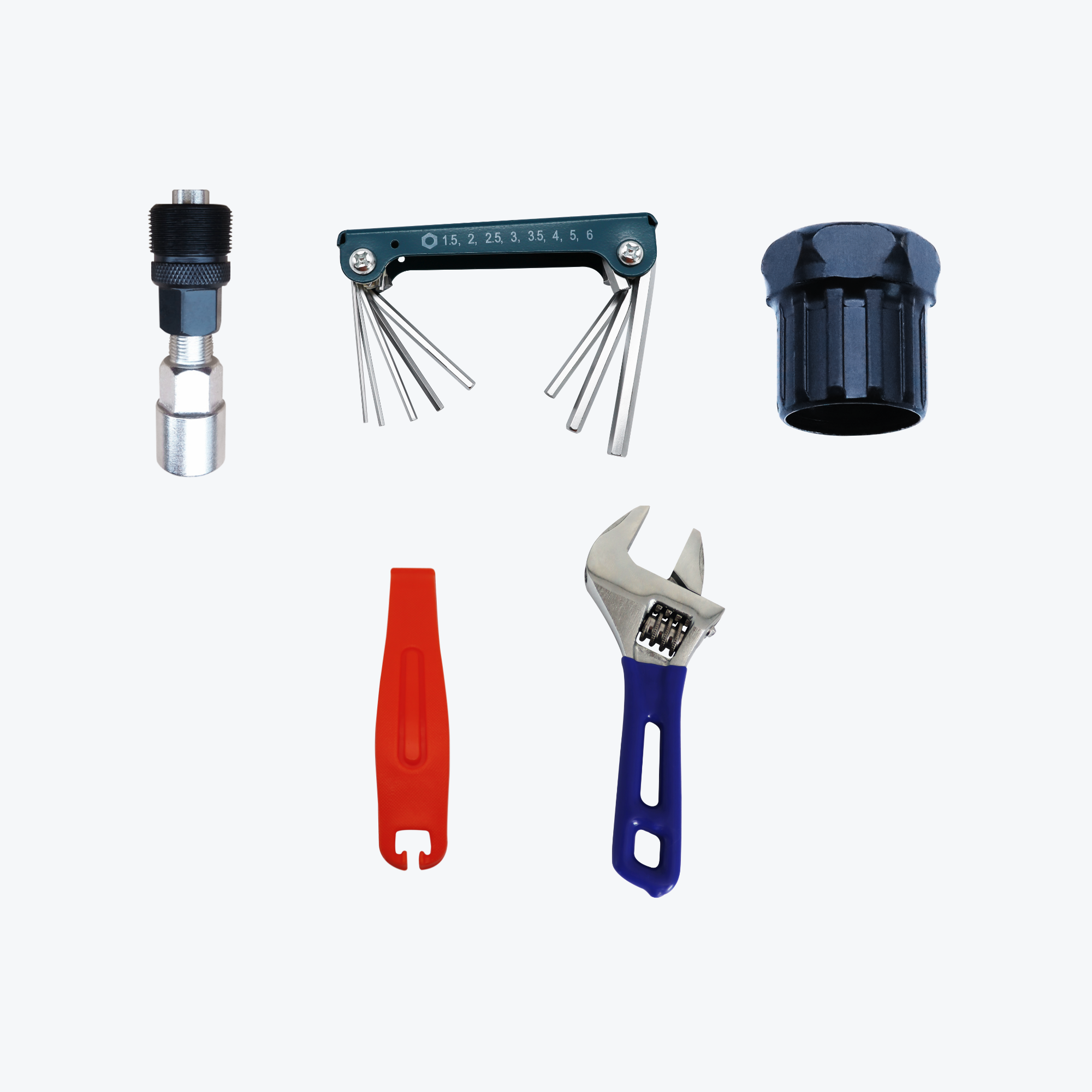
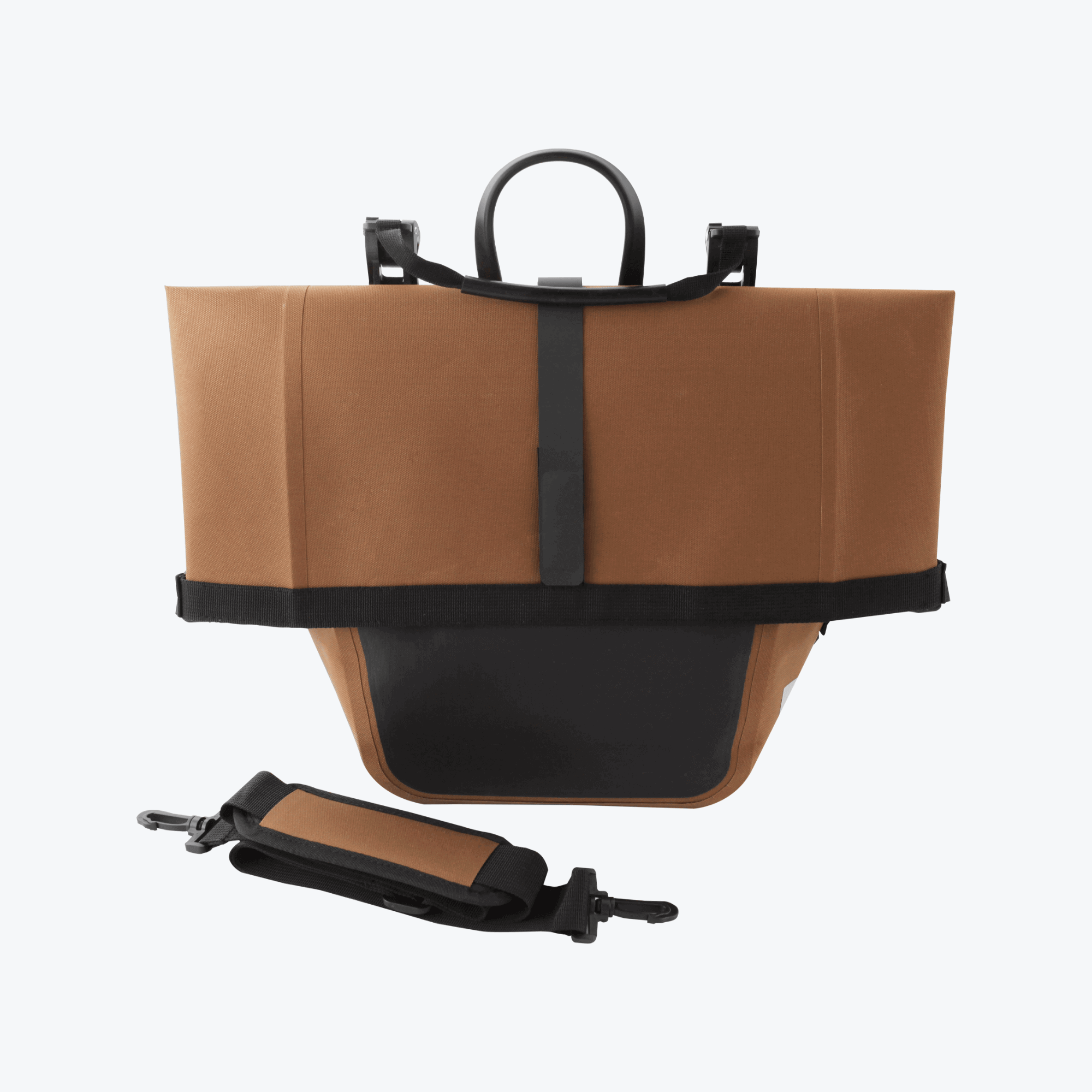
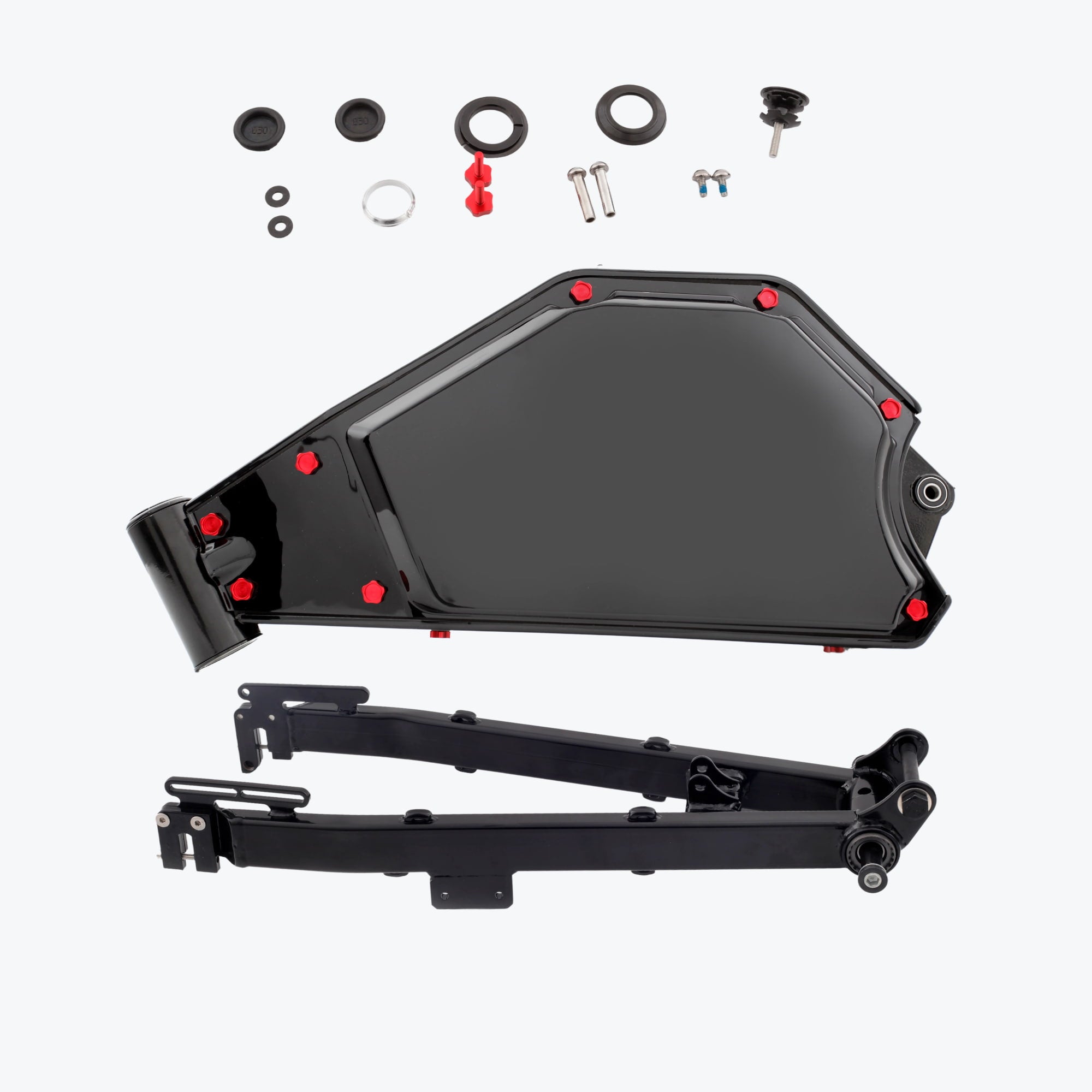
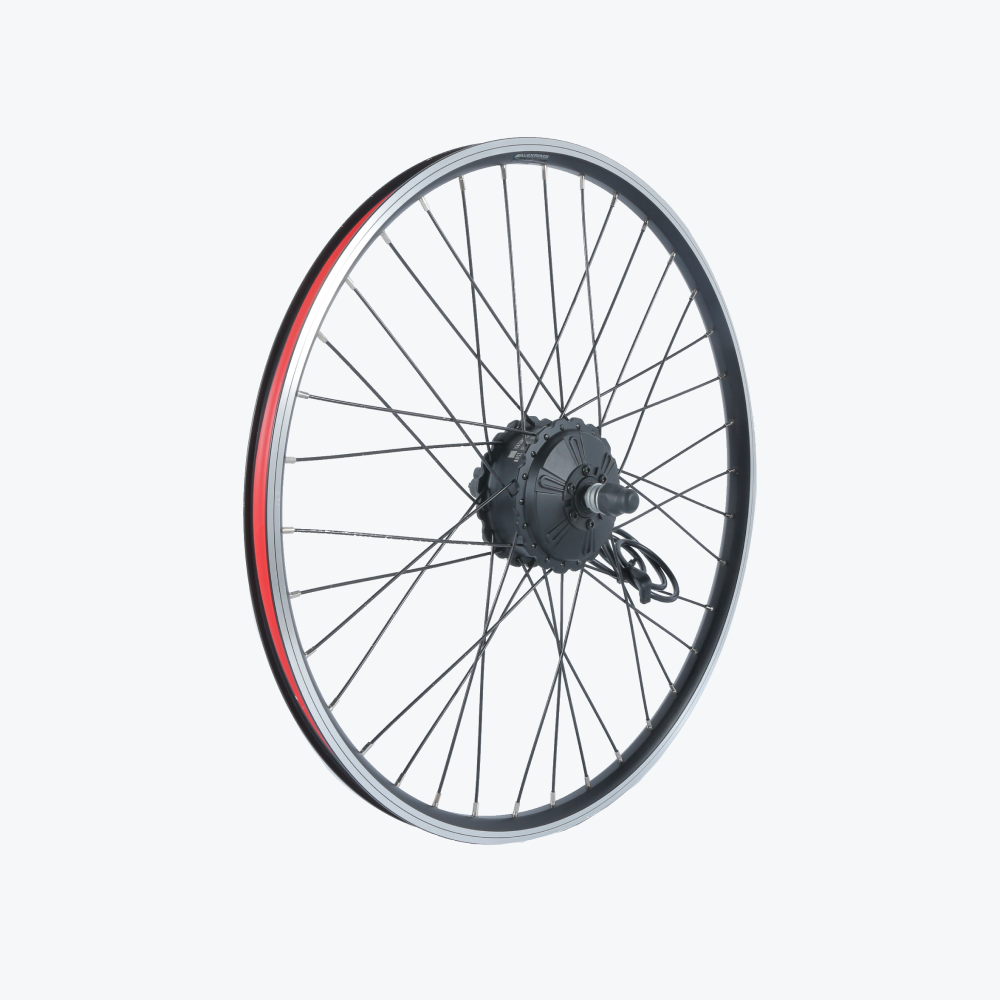
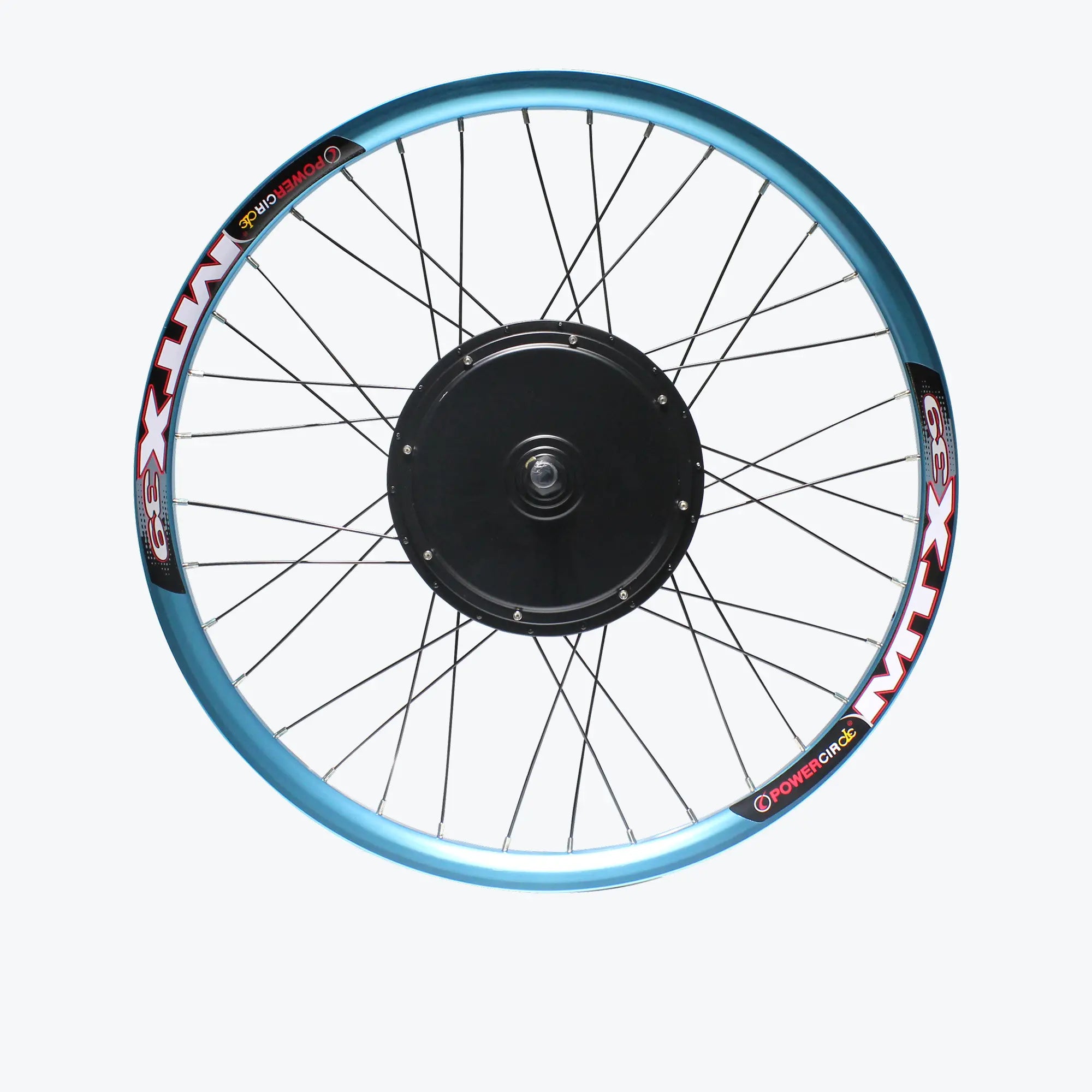
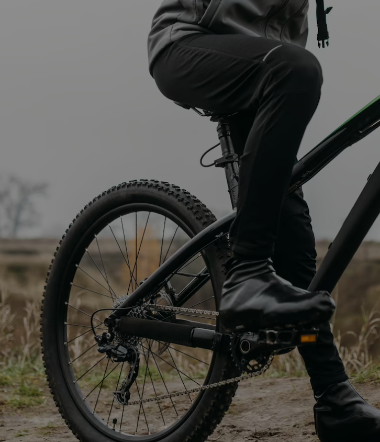
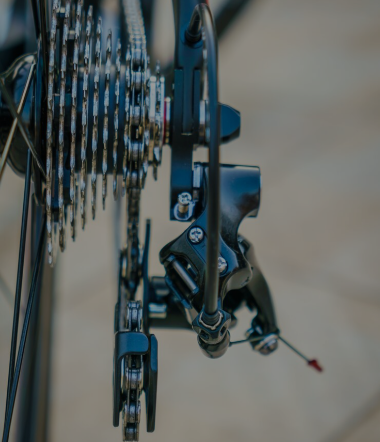

1 comment
Greg
I own a 1972 Auranthetic Charger and want to update controller. I have four Dakota Lithium 12V23Ah 295Wh – LiFeP04 Batteries that only work on first click 12 volt, when I engage 2nd click it shuts down.
When using two 12 volt lead acid deep cycle both first and 2nd click work.
Thanks,
Greg
I own a 1972 Auranthetic Charger and want to update controller. I have four Dakota Lithium 12V23Ah 295Wh – LiFeP04 Batteries that only work on first click 12 volt, when I engage 2nd click it shuts down.
When using two 12 volt lead acid deep cycle both first and 2nd click work.
Thanks,
Greg